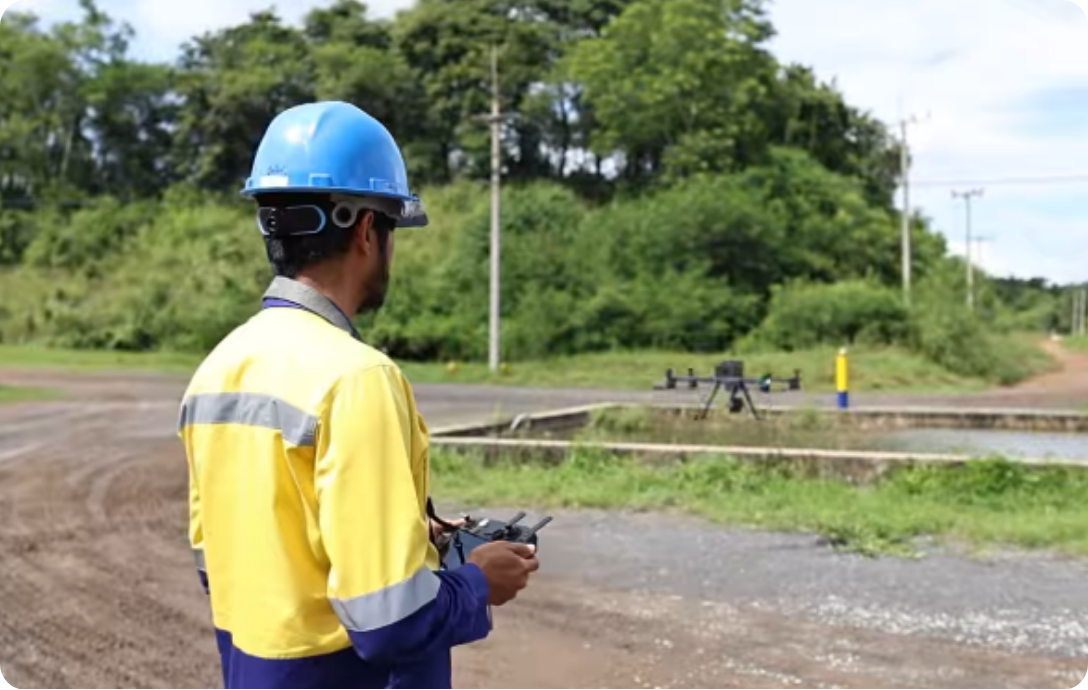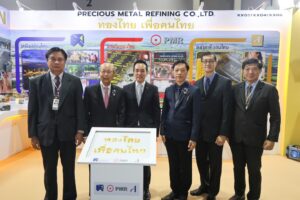
Akara and Community Partners Aid Wat Sattasila-at School After Storm Damage
On 30 May 2024, Akara Resources Public Company Limited led by Mr. Cherdsak Utha-aroon, General Manager – Sustainability, along with executives and employees, offered financial








